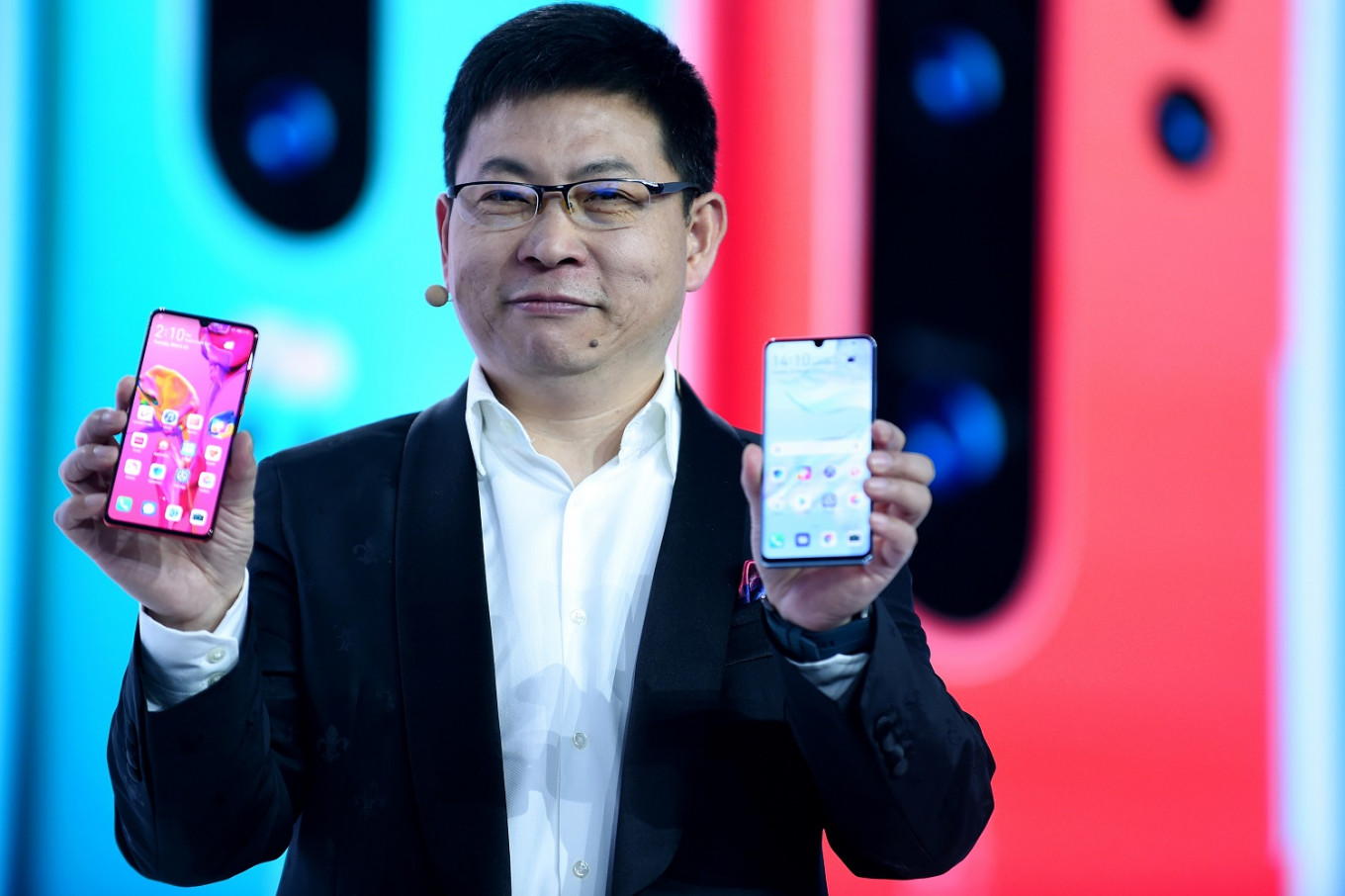Popular Reads
Top Results
Can't find what you're looking for?
View all search resultsPopular Reads
Top Results
Can't find what you're looking for?
View all search resultsThe smartphone: a global product
The company is not just in the lead in developing equipment for fifth-generation networks, it has also moved into the high-end smartphone segment.
Change text size
Gift Premium Articles
to Anyone
S
martphones are a product with which China has demonstrated not only its manufacturing prowess, but its ambitions to become a cutting-edge technology developer thanks to the rise of Huawei.
The company is not just in the lead in developing equipment for fifth-generation networks, it has also moved into the high-end smartphone segment.
But the US clampdown on the firm over fears Huawei's products could be used for Chinese spying demonstrates just how global the manufacturing of smartphones remains.
Take for example Huawei's P30, its latest top-of-the-line smartphone, as the company's overseas sales have plummeted by 40 percent as the firm grapples with the ban on using US technology.
Screen
The P30 uses an AMOLED screen, a technology that was principally developed by the US firm Kodak. The two largest manufacturers of such screens are South Korea's Samsung and LG. Huawei buys the screens for the P30 from Samsung.
Like many smartphone manufacturers, Huawei uses a chemically strengthened Gorilla Glass developed by the US firm Corning to cover the screen to protect it from scratches and breaking.
Cameras
The P30 rivals the other latest smartphone models with three rear-facing cameras.
Huawei has beefed up its chops in photography by partnering with Germany's Leica for designing the cameras for its high-end models, including the P30. The cameras are assembled by China's Sunny Optical.
Read also: Google and Android system start to cut ties with Huawei
Processor
The central processing unit is another area in which Huawei has sought to demonstrate its own technical prowess, developing its own line of Kirin processors, including the 980 used in the P30, but they are manufactured by a Taiwanese company.
Other leading smartphone firms like Samsung and Apple have also recently moved to use their own CPUs in their phones.
But they all use a common architecture for these chipsets developed by the British firm ARM, which is now a unit of Japan's Softbank. The dedicated graphics processor also uses ARM architecture.
Memory
The RAM memory used by the processor is made by South Korea's SK Hynix, although previous versions of Huawei's top-line phones have used components from the US firm Micron.
Micron, like fellow US firms Qualcomm and Intel, has announced it will no longer supply Huawei in line with government directives.
Connectivity
Huawei doesn't produce the wifi and Bluetooth antennas and modems used in smartphones, the standards of which are decided by associations of manufacturers. The US firms Qualcomm and Intel are the major manufacturers for wifi modems for high-end smartphones.
Operating systems
With the exception of Apple, almost all other smartphones manufacturers use Android, the open source operating system developed by Google. The P30 uses the latest version, 9, called Pie. Like most smartphones companies, Huawei adapts Android slightly to create a unique user experience.











